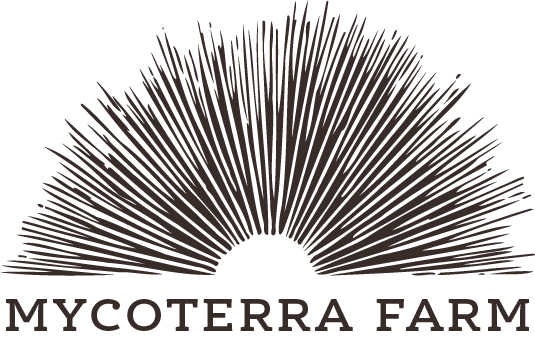{Pleurotus citrinopileatus}
Pleurotus citrinopileatus, commonly known as the Yellow Oyster Mushroom, is a delicious and versatile mushroom that has been enjoyed for centuries. The yellow oyster is native to northern areas in the Asian continent; it is a popular cultivar in China. While native to Asia, it is an aggressive saprophytic mushroom and can now be found growing in many parts of the world, there are reports of it naturalizing in North America growing on dead wood or logs in deciduous forests. It boasts vibrant yellow clusters of mushrooms with a thin delicate flesh.
Cooking
The Yellow Oyster is distinctly fragrant and offers a complex but subtle aromatic flavor with a slightly nutty taste with hints of sweetness. The Yellow Oyster Mushroom is mild yet its texture is soft and velvety, making it perfect for use in soups or stir-fries where it can absorb flavors easily.
Additionally, its thin shape allows for quick cooking times, making it ideal for use in stir-fries or quick sautés. They are great braised or in soups. A farm favorite is on a white pizza with an olive oil garlic base, mozzarella and diced sweet red peppers. As with the other oysters, the Yellow Oyster also excels in egg dishes, cream sauces, or sautéed until crispy and served as a garnish. Overall, the Yellow Oyster Mushroom offers both delicious taste and health benefits that are worth exploring in your culinary creations.
Benefits
Historically, the Yellow Oyster Mushroom was used in traditional Chinese medicine to treat ailments such as high cholesterol and liver disease. In terms of modernly documented health benefits, the Yellow Oyster Mushroom contains high levels of antioxidants which can help protect against cellular damage caused by free radicals. It also contains polysaccharides which have been shown to boost immune function and reduce inflammation.


